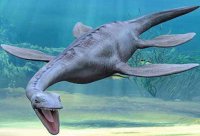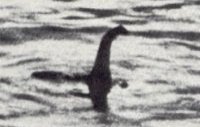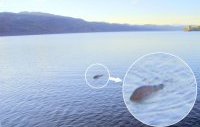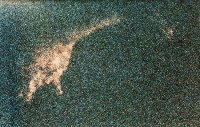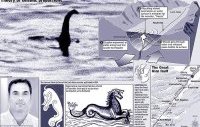Loch Ness Monster appearance
The Loch Ness Monster is a cryptid - a creature whose existence has been suggested but is not recognized by scientific consensus. Nessie, is reputedly a large unknown animal that is said to inhabit Loch Ness in the Scottish Highlands. It is similar to other supposed lake monsters in Scotland and elsewhere, though its description varies from one account to the next. Popular interest and belief in the animal's existence has varied since it was first brought to the world's attention in 1933. Evidence of its existence is anecdotal, with minimal and much-disputed photographic material and sonar readings.
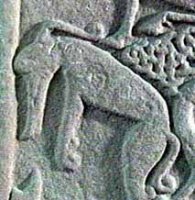 The most common speculation among believers is that the creature represents a line of long-surviving plesiosaurs. The scientific community regards the Loch Ness Monster as a modern-day myth, and explains sightings as including misidentifications of more mundane objects, outright hoaxes, and wishful thinking. Despite this, she remains one of the most famous examples of cryptozoology. The legendary monster has been affectionately referred to by the nickname Nessie since the 1950s.
The most common speculation among believers is that the creature represents a line of long-surviving plesiosaurs. The scientific community regards the Loch Ness Monster as a modern-day myth, and explains sightings as including misidentifications of more mundane objects, outright hoaxes, and wishful thinking. Despite this, she remains one of the most famous examples of cryptozoology. The legendary monster has been affectionately referred to by the nickname Nessie since the 1950s.
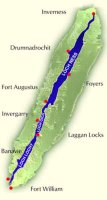 Carvings of this unidentified animal, made by the ancient inhabitants of the Scottish Highlands some 1, 500 years ago, are the earliest evidence that Loch Ness harbors a strange aquatic creature. Most Nessie witnesses describe something with two humps, a tail, and a snakelike head. A V-shaped was often mentioned, as well as a gaping red mouth and horns or antennae on the top of the creature's head. Nessie's movements have been studied, and the films and photos analyzed to determine what Nessie might be, if she exists.
Carvings of this unidentified animal, made by the ancient inhabitants of the Scottish Highlands some 1, 500 years ago, are the earliest evidence that Loch Ness harbors a strange aquatic creature. Most Nessie witnesses describe something with two humps, a tail, and a snakelike head. A V-shaped was often mentioned, as well as a gaping red mouth and horns or antennae on the top of the creature's head. Nessie's movements have been studied, and the films and photos analyzed to determine what Nessie might be, if she exists.
Loch Ness is located in the North of Scotland and is one of a series of interlinked lochs which run along the Great Glen.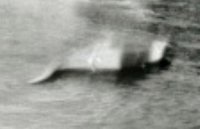 The Great Glen is a distinctive incision which runs across the country and represents a large geological fault zone. The interlinking was completed in the 19th century following the completion of the Caledonian Canal.
The Great Glen is a distinctive incision which runs across the country and represents a large geological fault zone. The interlinking was completed in the 19th century following the completion of the Caledonian Canal.
The Great Glen is more than 700 ft (213 m) deep and ice free. It is fed by the Oich and other streams and drained by the Ness to the Moray Firth. It forms part of the Caledonian Canal. By volume, Loch Ness is the largest freshwater lake in Great Britain.
Historyhttps://betboom.ru
You might also like
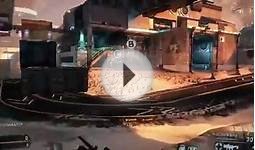
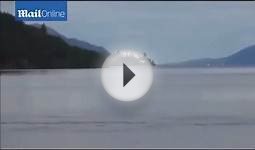
|
Wishstone Nessie Soup Ladle Set Of 2 Food-Safe 100% Nylon Dishwasher Safe Loch Ness Monster Stands Upright Cookware Tableware Kitchen Utensil Dipper Green And Blue Kitchen ()
|
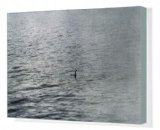
|
Canvas Print Of Loch Ness Monster Home (Prints Online)
|

|
Canvas Print of Trail left by the Loch Ness Monster? Home (Prints Online)
|
